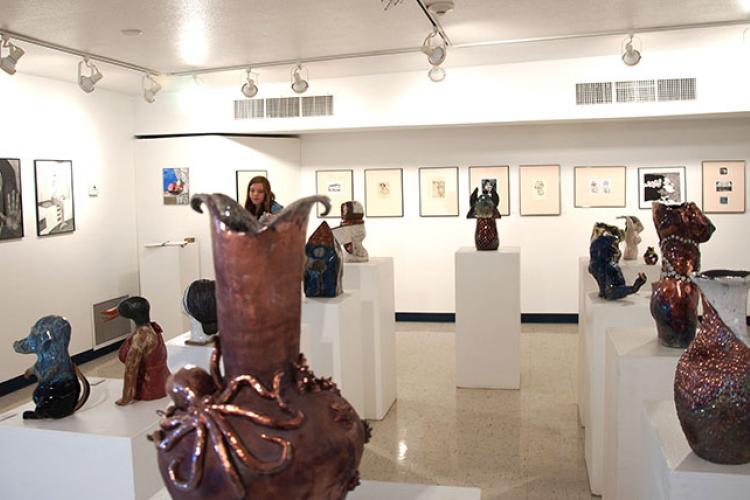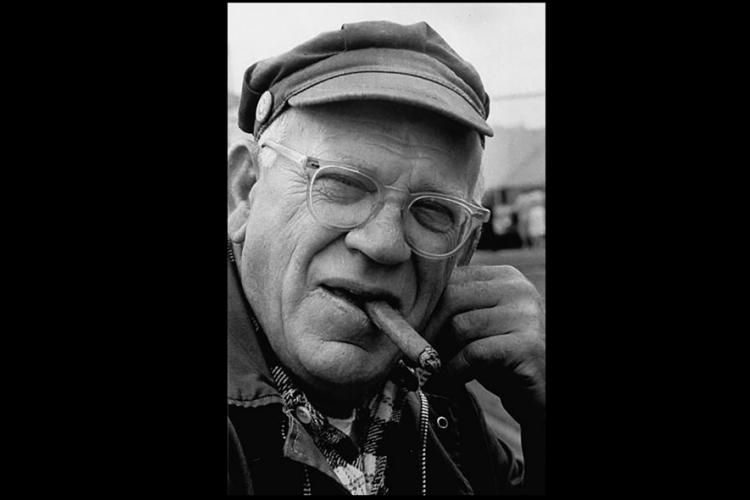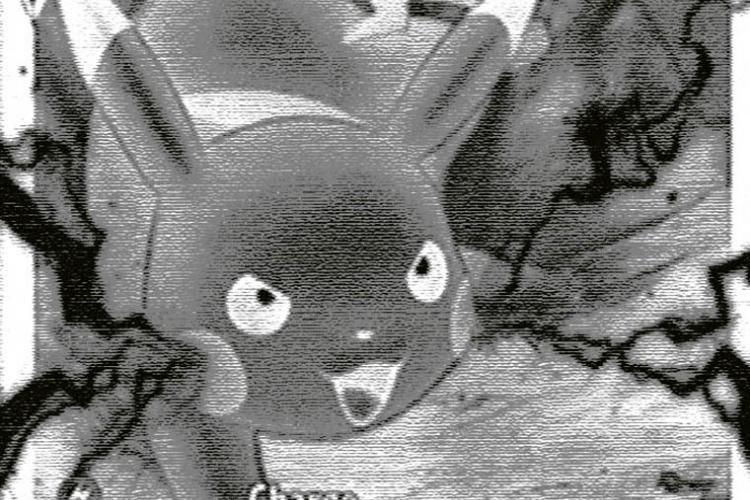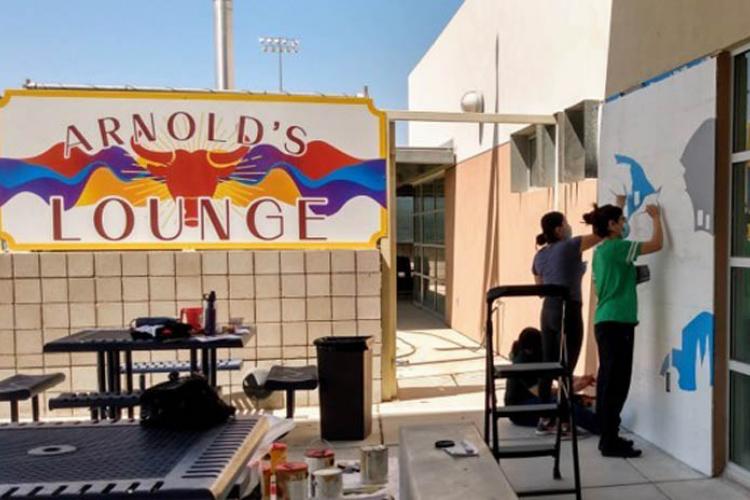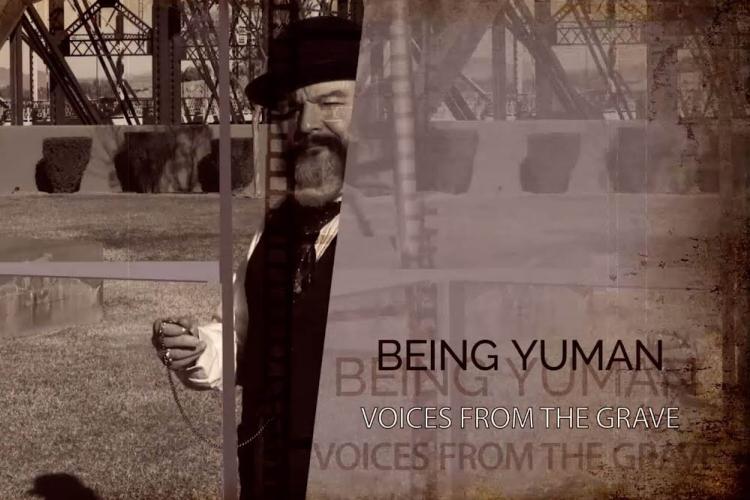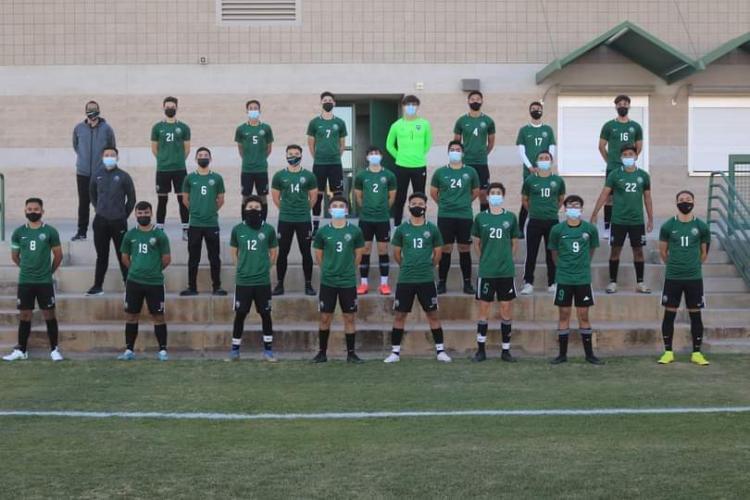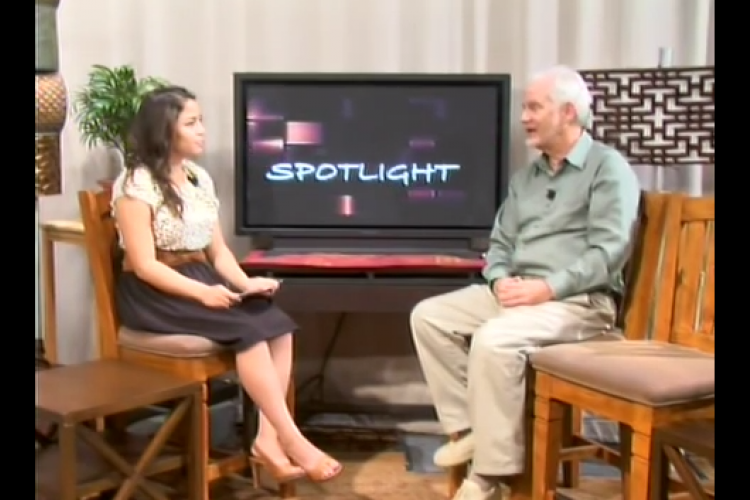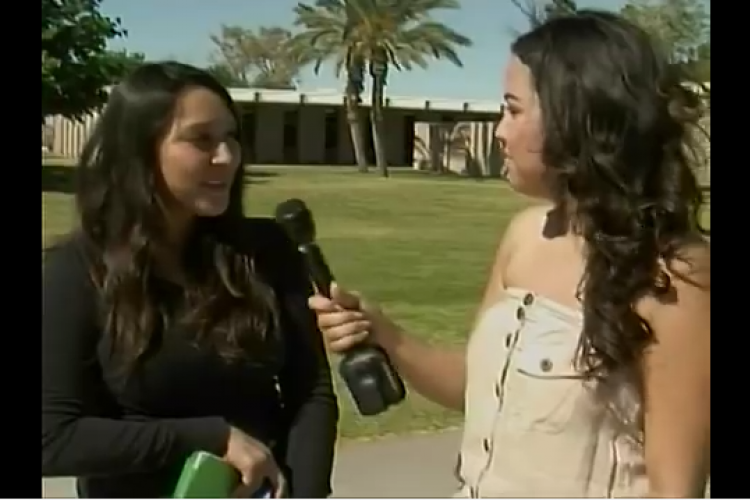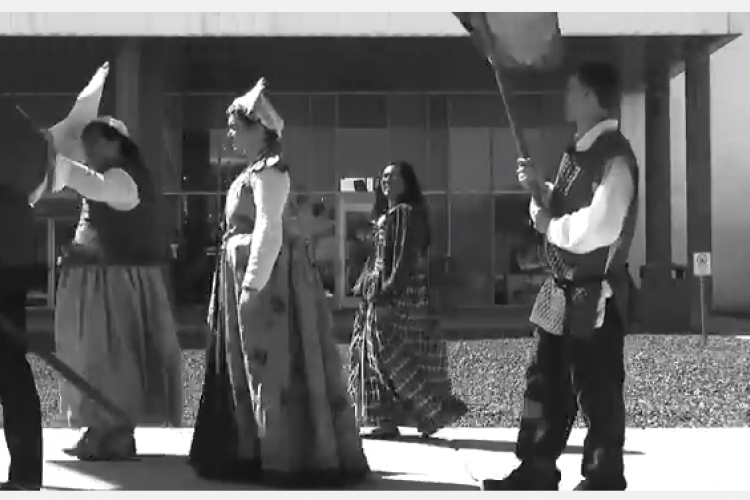
Yuma County is becoming greener and healthier, thanks to the efforts of Biology Professor Ted Martinez and the Science department of Arizona Western College.
In August 2009, the AWC Science Department received a $10,000 grant from the Sonoran Joint Venture (SJV) to assist with a habitat-restoration project along the Colorado River in Yuma County. The SJV is a non-profit bi-national bird conservation organization. Martinez applied for the grant to SJV to assist with funding for the development of the habitat-restoration curriculum at AWC and for the numerous supplies it requires.
Reforestation of damaged riparian zones helps to ensure clean drinking water by providing a natural water filter, erosion control and maintenance of native wildlife populations, says Martinez. The historical imbalance of these elements in Yuma County has particularly affected the Yuma Clapper Rail, a bird included on the Federal Endangered Species List. Planting native trees restores the natural habitat of these birds, along with other native wildlife, and encourages them to multiply.
It is Martinez's goal to provide more environmental awareness to students. "Habitat restoration is the wave of the future," he said, "and offers many job possibilities." Habitat restoration at AWC has already provided four biologist positions in the Yuma area. "That doesn't sound like much, but in Yuma, four biologists is a lot," said Martinez.
Several dam projects upstream of the Colorado River have resulted in the disappearance of 90 percent of Arizona's wetlands. "This severely cut off water supplies to Yuma," Martinez said. Invasions of exotic species, road building and livestock grazing also have contributed to the problem over the years.
The government also introduced a non-native tree, Middle Eastern salt cedar (also called the tamarisk) to the area in the 1930s to help combat erosion. Our predecessors thus caused great damage to the ecosystem, with this invasive species out-competing those critical to the native wildlife. Although salt cedars are beautiful trees, salt crystals form on their stomata and drop to the ground beneath the plant, poisoning the soil. This kills all the surrounding native plants in an ever-widening circle.
To combat such damage, non-native plants like the salt cedar are being removed, and more than four thousand native cottonwood and honey mesquite seedlings have been planted since 2004 by AWC students in the wetlands along the river, including the Yuma East and West Wetlands. Although the Yuma area doesn't have the plentiful water supplies it once had, the new seedlings are planted with water rights from agricultural land, allowing them to be irrigated until they are mature enough to reach ground water with their roots and thus survive on their own.
Habitat restoration is a huge, unending project. According to Martinez, the biggest challenge facing the AWC Science Department is the ability to grow enough trees. The land is vast, and 30,000 seedlings is not an unrealistic expectation.
"We need more people to help grow trees," said Martinez "We have planted four thousand, but that's just a drop in the bucket. That doesn't mean we just give up and not do anything. We do what we can."
In an effort to create more public awareness on this challenging project, the AWC Science Department is hosting a premiere showing of the environmental documentary "Common Ground" at the Historic Yuma Theatre on Tuesday, Oct. 27 at 7:00 p.m. There is no admission charge. The film may also be viewed at http://www.fredphillipsconsulting.com/#none.
For more information about tree-planting or the restoration project, contact Ted Martinez at 928-344-7705.


